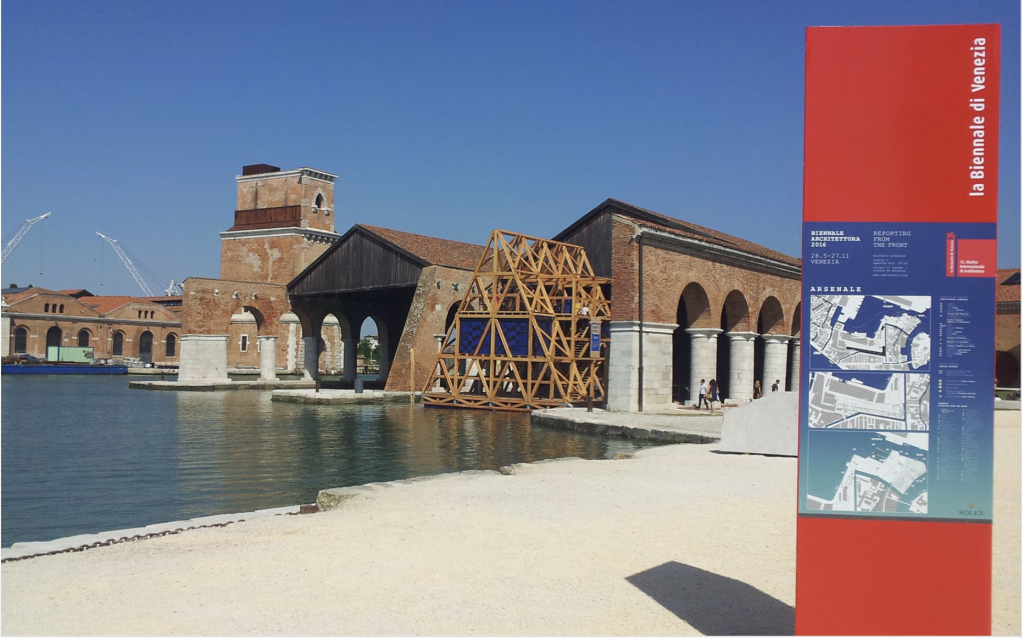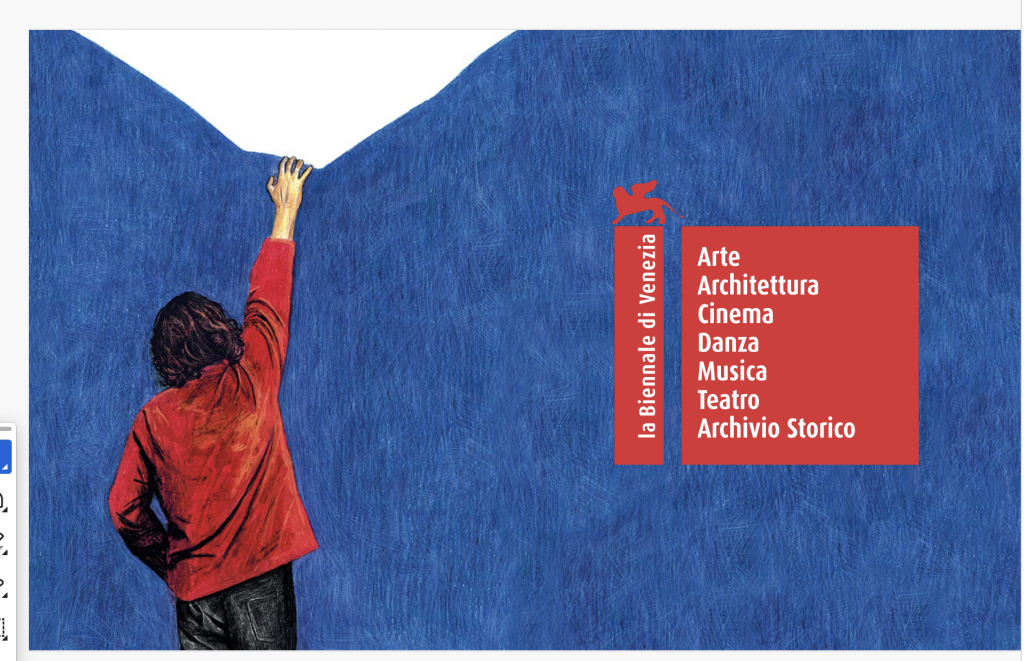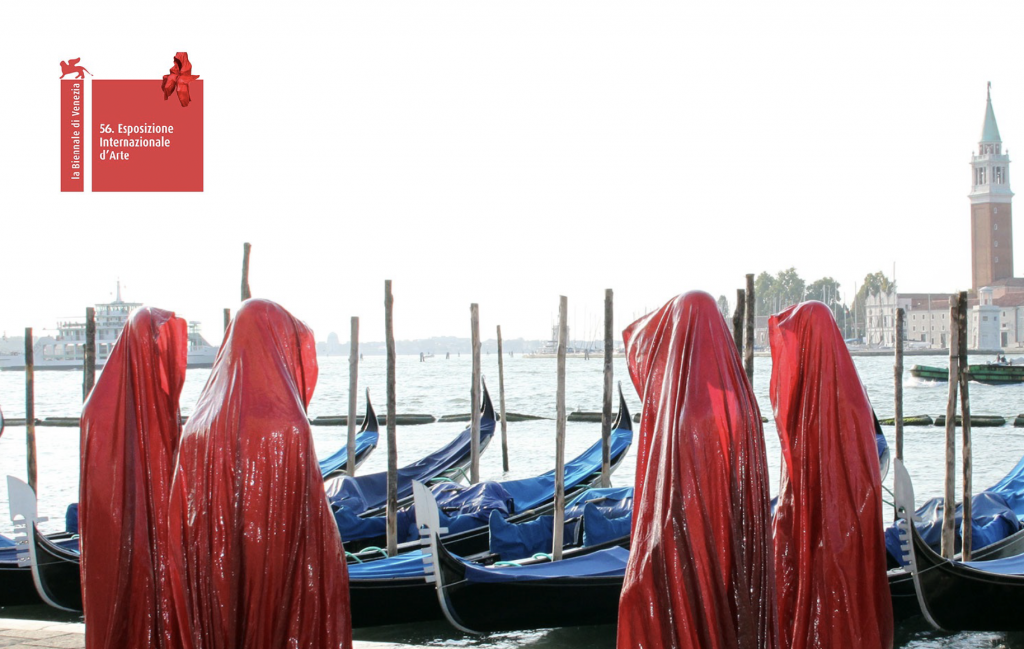The Venice Biennale is a prestigious cultural institution that organizes international events across various fields, including art, architecture, cinema, dance, music, and theatre. Founded in 1895, it is considered one of the most important cultural foundations in the world. Through its international exhibitions—some held biennially—and a year-round cultural program, it explores and promotes emerging trends in the visual arts.


Brand architecture and brand design.
Between roots and constant change
In 2001, Inarea developed the brand identity for the Venice Biennale. Previously, the institution had used the Lion of Saint Mark—a deeply rooted symbol of Venice—as its emblem. This was later replaced by a red rectangle containing the institution’s name in serif typeface. Building on this evolution, Inarea worked to distill the key elements of the past visual identities, focusing not on individual content but rather on the overall communication system and brand architecture. The goal was to ensure that the Venice Biennale Foundation would be immediately recognizable, even before its individual areas of expression—Art, Architecture, Dance, Cinema, Theatre, and the Historical Archives—came into play.


Brand Identity. The Elements of an Exceptionally Enduring Project
Inarea created a logo inspired by the famous column in St. Mark’s Square topped with the statue of the winged lion—originally a chimera. The shaft of the column is red, a symbolic reference to the history of the Serenissima and a tribute to tradition (the color was used in the flags and banners of the Doges, as well as in the paintings of Venetian masters like Titian and Tintoretto). The institution’s name appears in white within the shaft, while a red square alongside it lists the six artistic and research fields that define the Biennale.


The organizational system of the brand is simple, concise, and easily adaptable to various contexts, as demonstrated over the years. It has been applied not only to the Biennale’s cultural program, institutional exhibitions, and the exhibition spaces of the participating countries, but also to the related signage system and advertising communication throughout the city. This creates a coherent and engaging environment that has helped strengthen both the institution and its relationship, as well as the symbiosis, with the city of Venice.

